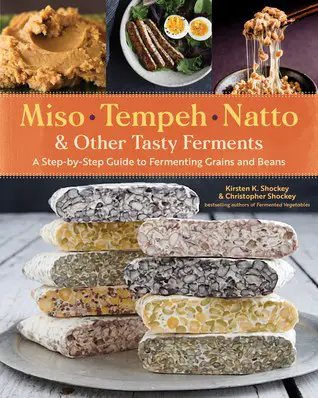There are many great books about fermentation out there, so I will list the ones I would recommend the most.
I will divide the books into categories of which vegetable is being fermented. You might note that Kirsten K. Shockey is a lot present in this list. She is the author of several helpful books about fermentation. Just choose the subject you want to start with and grab her book on the topic. It is a sure way to have good information in an easy way to absorb it.
I will put the summary of the books from Goodreads.com and edit them to make them short and more straight to the point.
Best Books On Fermenting Vegetables
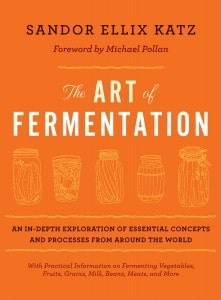
The Art of Fermentation: The original guide to fermentation – Sandor Ellix Katz
New York Times bestseller The Art of Fermentation is the only fermentation guide you ll ever need! In this book, fermentation revivalist Katz contextualises fermentation in terms of biological and cultural evolution, gut health, immunity, nutrition and even economics. Here, you will find the A to Z of everything you need to know about fermentation. From the novice fermentationist to the experienced practitioner, this book has something in it for everyone.
If you are starting fermenting or looking for more extensive knowledge, this book is the one to go. It is the bible of fermenting, containing beautiful illustrations and detailed instructions.
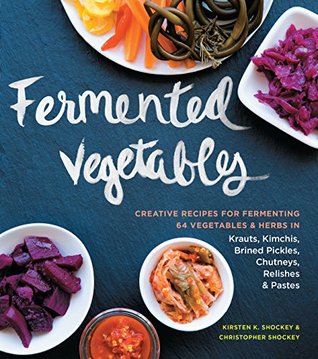
Fermented Vegetables: Creative Recipes for Fermenting 64 Vegetables & Herbs in Krauts, Kimchis, Brined Pickles, Chutneys, Relishes & Pastes – Kirsten K. Shockey
Even beginners can make their own fermented foods! This guide includes in-depth instruction for making kimchi, sauerkraut, and pickles and then offers more than 120 recipes using the same methods to make over 80 other fermented vegetable and herbs, including pickled Brussels sprouts, curried golden beets, carrot kraut, and pickled green coriander. Many of the recipes can be made in small batches (such as single pint). There are also recipes for using the fermented foods.
Best Books On Fermenting Hot Sauce

Hot Sauce! – Jennifer Thompson
This title contains everything hot-sauce fans need to know to make their own signature hot sauces and then cook with them. What makes a hot sauce hot? What are the basic ingredients? Chile peppers – how to find, purchase, and work with the best chillies for the flavour you want. Hot sauce is good for you and is a tasty way to add flavour to reduced-salt foods. Capsaicin, the chemical that makes chilli peppers hot, is a potent anti-inflammatory agent; it may help to relieve migraines, sinusitis, and arthritis and to encourage cancer-cell death.
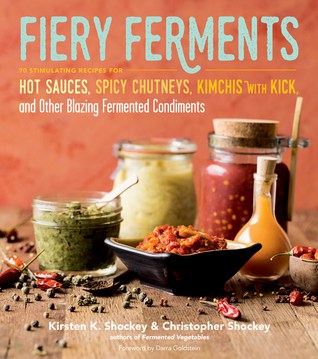
Fiery Ferments: 70 Stimulating Recipes for Hot Sauces, Spicy Chutneys, Kimchis with Kick, and Other Blazing Fermented Condiments – Kirsten K. Shockey
The authors of the best-selling Fermented Vegetables are back, and this time they’ve brought the heat with them. Whet your appetite with more than 60 recipes for hot sauces, mustards, pickles, chutneys, relishes, and kimchis from around the globe. Chiles take the spotlight, with recipes such as Thai Pepper Mint Cilantro Paste, Aleppo Za’atar Pomegranate Sauce, and Mango Plantain Habañero Ferment, but other traditional spices like horseradish, ginger, and peppercorns also make cameo appearances. Dozens of additional recipes for breakfast foods, snacks, entrées, and beverages highlight the many uses for hot ferments.
Even though this book is not about ONLY hot sauce, it has amazing recipes on the topic and various examples of the uses of hot chilly peppers that might inspire you on your fermented hot sauce journey.
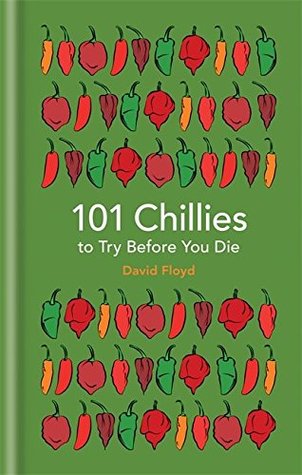
101 Chillies to Try Before You Die – David Floyd
Work your way up the Scoville scale with 101 Chillies to Try Before You Die. With fun facts, stats, recipes and much more, this is the ultimate challenge for those who love to test their taste buds.
If you are making any recipe, it is always good to get to know your ingredients. This book will tell you about the chillies available and their taste. It is not a book that you need, but that you probably will want. It makes life easier and it is pretty interesting to know more about the ingredients, their history, taste, possible combinations, and other fun facts.
Best Books On Fermenting Grains
Miso, Tempeh, Natto & Other Tasty Ferments: A Step-By-Step Guide to Fermenting Grains and Beans – Kirsten K. Shockey
This in-depth handbook offers accessible, step-by-step techniques for fermenting beans and grains in the home kitchen. The Shockeys expand beyond the basic components of traditionally Asian protein-rich ferments to include not only soybeans and wheat, but also chickpeas, black-eyed peas, lentils, barley, sorghum, millet, quinoa, and oats. […] For enthusiasts enthralled by the flavor possibilities and the health benefits of fermenting, this book opens up a new world of possibilities.
This is the go-to guide if you want to start making tempeh and miso or any other grains and beans fermentation. If you want to deepen your knowledge and have more recipes, the book is equally helpful.
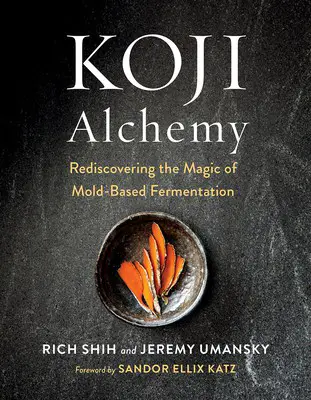
Koji Alchemy: Rediscovering the Magic of Mold-Based Fermentation – Jeremy Umansky and Rich Shih
Koji Alchemy is devoted to processes, concepts, and recipes for fermenting and culturing foods with koji, the microbe behind the delicious, umami flavors of soy sauce, miso, mirin, and so much more. […]Koji Alchemy guides readers through the history, versatility, and a multitude of applications. Readers will learn how to grow koji, including information on equipment and setting up your kitchen, as well as detailed concepts and processes for making amino sauces and pastes, alcohol and vinegar, and using it for flavor enhancement with dairy, eggs, vegetables, and baking.
If you are interested in fermenting miso and gaining more knowledge on using koji, this book will definitely help you.

